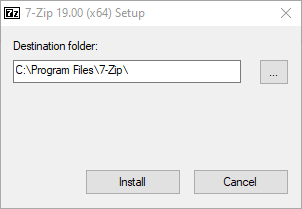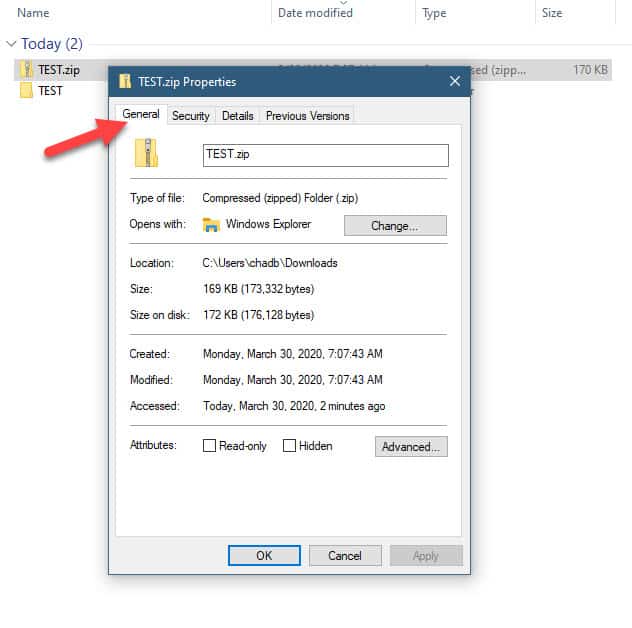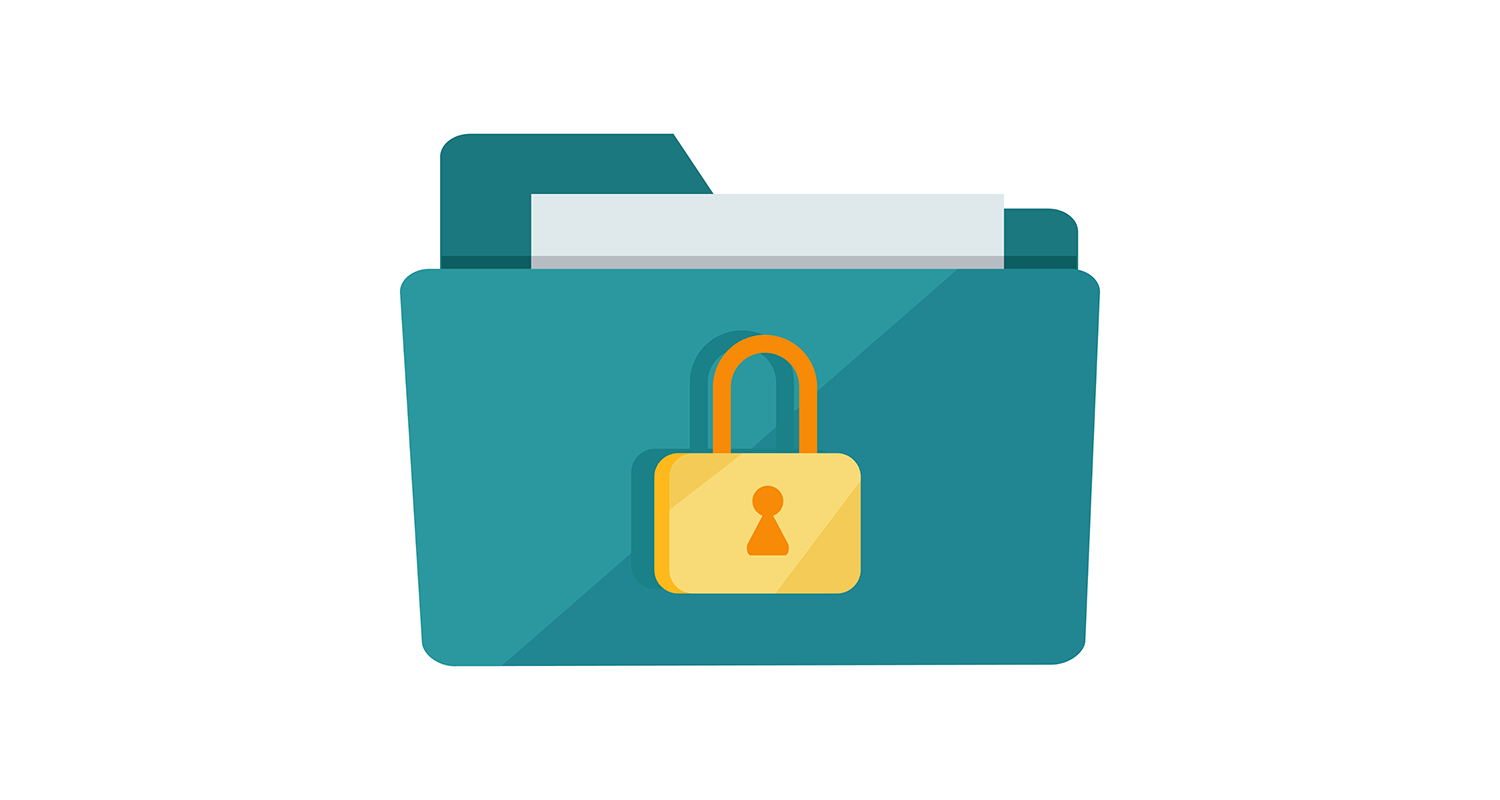



Right-click on the encrypted file or folder, and select Properties from the context menu. See How to open file or folder properties quickly in Windows File Explorer.Decrypt Files and Folders using Advanced Properties Select File Ownhership from the context menu.Right-click on the file or folder you want to decrypt in File Explorer.To decrypt a file or folder in Windows 10, do the following. Here are a number of methods you can use to decrypt your encrypted files. When you encrypt a file or folder, you might be prompted to backup your your file encryption key to help avoid permanently losing access to your encrypted data.Įncrypt Files and Folders using EFS in Windows 10 Note: Encryption will be disabled for a folder, if you compress it, move it to a ZIP archive, or copy to a location that doesn't support NTFS encryption with EFS. When you encrypt a folder, new files saved into that folder will automatically be encrypted. When a folder or file is encrypted using Encrypting File System (EFS), the File Explorer app shows a pad lock overlay icon for such a file or folder. This is the strongest protection which is available in Windows to protect individual files and folders without encrypting the whole drive. It allows the user to store files and folders encrypted, so they will be protected from unwanted access. Other user accounts cannot access your encrypted files, neither can anyone from the network or by booting into another OS and accessing that folder.

Decrypt File or Folder Using Command Prompt Encrypting File System (EFS)įor many versions, Windows has included an advanced security feature called Encrypting File System (EFS).


 0 kommentar(er)
0 kommentar(er)
